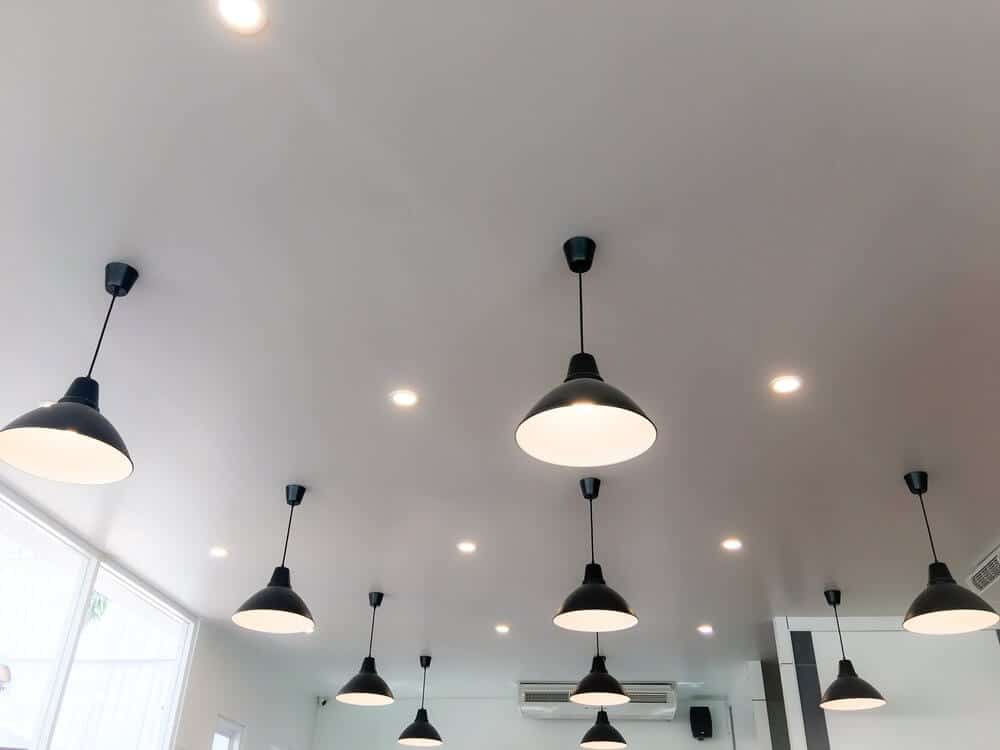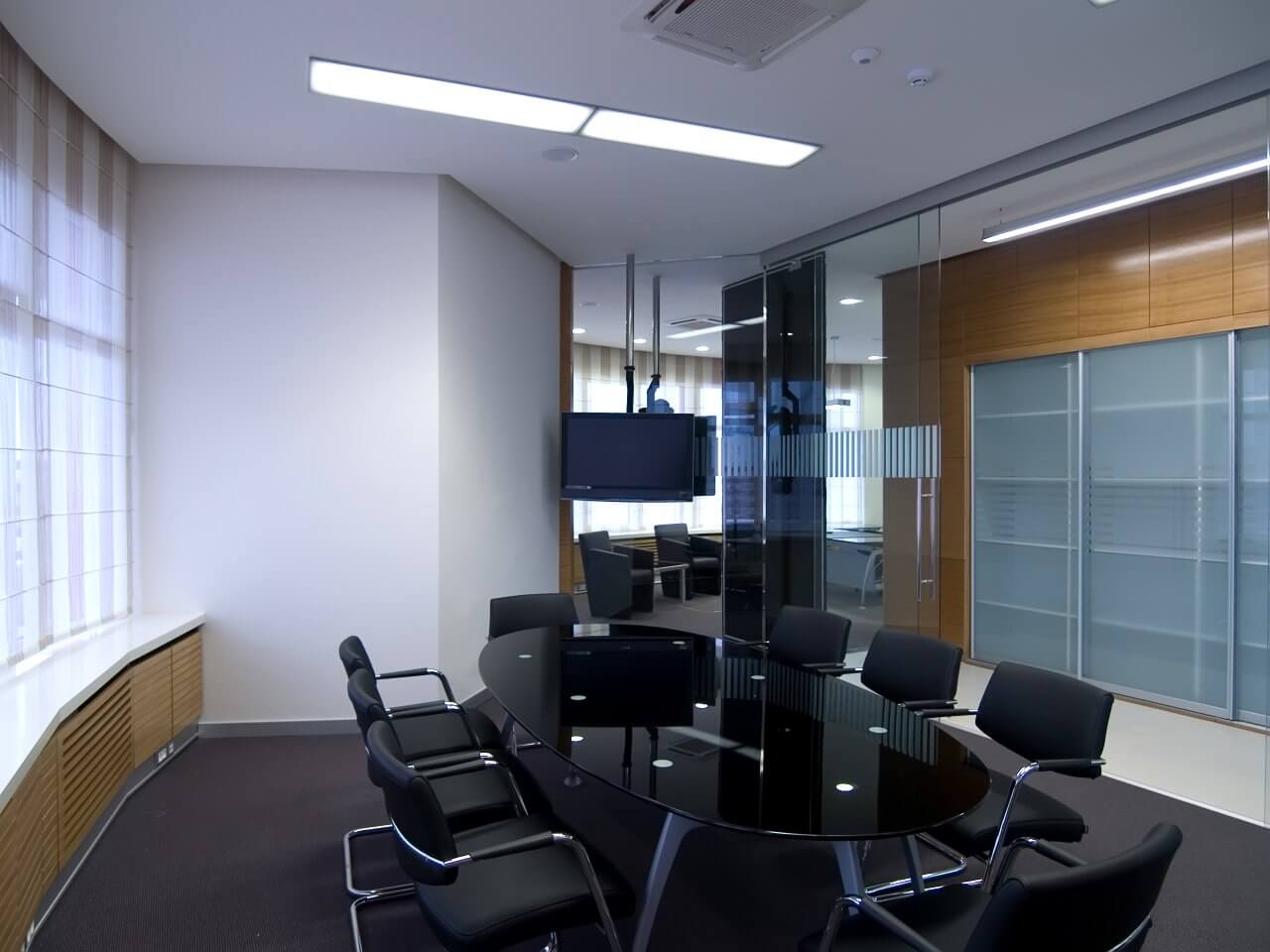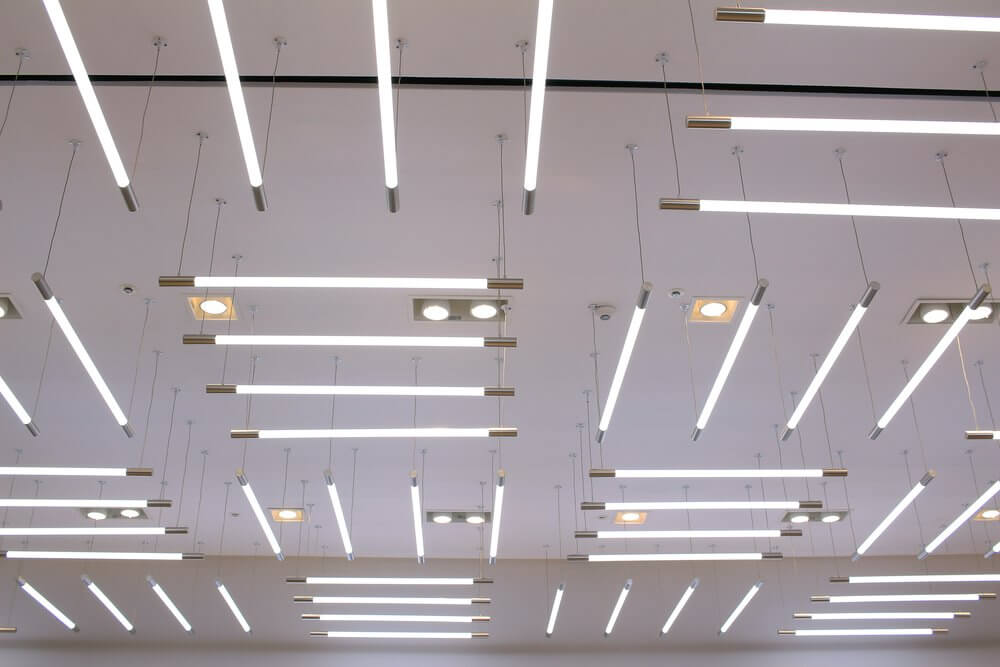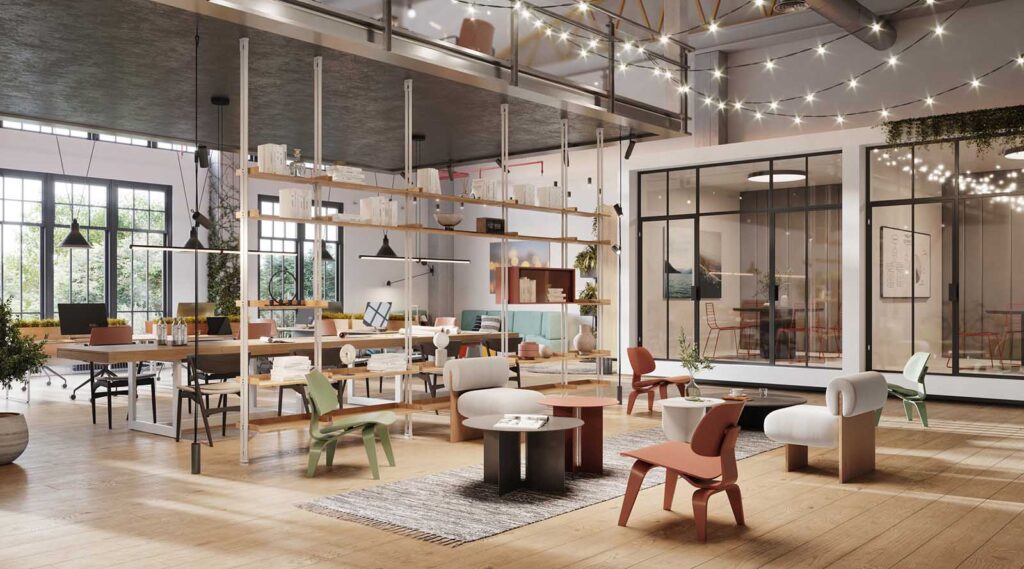
For facility managers, electricity bills are an inevitable overhead cost—one that increases during cold winter months, busy periods, times of growth, but rarely drops. While this is a necessary and unavoidable cost, there are ways to cut down on energy usage. FMs can install automated temperature systems and encourage employees to turn computers off during down time. Better yet, they can simply ensure the office is equipped with energy efficient products. Take a look at how one specific product—LED lights—can significantly impact your facility’s electricity bill.
The cost benefits

LED lights are a rapidly developing technology and offer many benefits for businesses. Most notably, they have a longer lifespan and consume less energy than other types of lights. Although LED bulbs can cost up to eight times more, they can last up to 20-25 times longer—meaning that over time, the energy savings outweigh the initial cost. For example, one 100-watt incandescent bulb can cost around $0.75 and last for up to 1,000 hours, while a 14-watt LED bulb may cost $6.00 and last for 25,000 hours. Not only do LED lights simply reduce energy costs, their extended working life can also reduce time spent on replacement and maintenance costs.
The environmental and performance benefits
Although investing in these small electronics can be costly at first, the advantages are worth it. Studies show that LED bulbs have a smaller overall environmental impact and emit less carbon dioxide than either incandescent lights or compact fluorescent lights (CFLs). They offer an eco-friendly lighting alternative—and they present a much safer lighting option.
Because they use less energy and produce very little heat, they also decrease the chances of fire—a scenario that all FMs should prepare for.
As with most modern innovations, today’s LED lights also offer health benefits for employees. LED lighting is said to more closely mirror natural sunlight than other lighting alternatives, and offer employees a more appealing work environment. Natural light—and LED bulbs that mimic this—can increase employee motivation, energy and concentration.
How much can you save?

The numbers are clear: LED lights have the potential to substantially lower a facility’s energy bill. According to Forbes, US convenience store and gas station chain Sheetz has saved 45 percent on interior lighting, and as much as 55 percent on exterior lighting, by installing LED lights at more than 130 locations. Meanwhile, energy company E.ON is in a position to save 178 tons of carbon emissions each year through replacing much of its buildings’ lighting with LEDs. Even the City of Los Angeles is reportedly saving $5.3 million annually because of their ongoing initiative to implement LED lighting in 114,000 street lights.
Incandescent bulbs are based on technology that was developed more than 130 years ago—long before the days of energy efficient lighting. Switching to LED lights should be a top priority for FMs looking to decrease energy costs and their office’s carbon footprint.
Concerned about pitching this idea to the C-Suite? Learn more about how to effectively use data and analytics to present your cost-saving ideas.
Photos: Shutterstock / TuiPhotoEngineer, Shutterstock / Rade Kovac, Shutterstock / Maggie Chen




